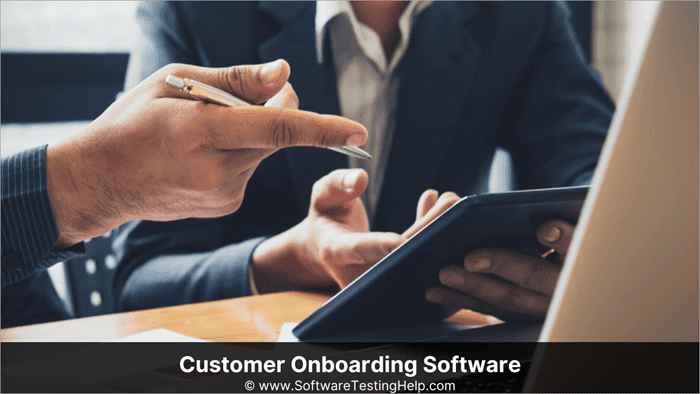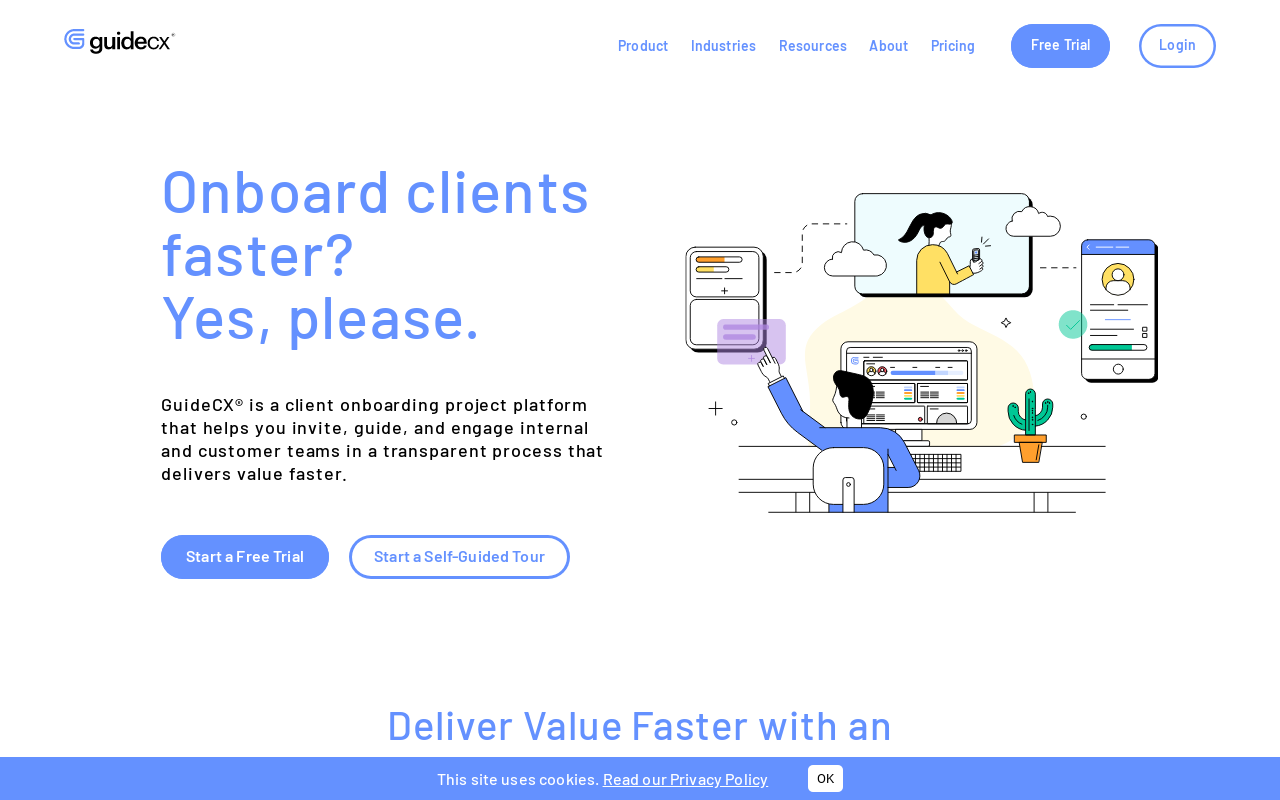Customer onboarding software streamlines the process of welcoming new clients or users, ensuring a smooth transition and enhancing their overall experience.
As businesses strive to improve efficiency and effectiveness in onboarding procedures, the use of specialized software has become increasingly prevalent.
Overview of Customer Onboarding Software

Customer onboarding software is a tool designed to streamline and automate the process of welcoming and integrating new customers into a business. It helps organizations create a seamless experience for new customers, guiding them through the initial stages of their relationship with the company.
Examples of Industries/Businesses Using Customer Onboarding Software
- Software as a Service (SaaS) companies
- Financial institutions
- Telecommunication companies
- Retail and e-commerce businesses
Key Features and Benefits of Using Customer Onboarding Software
Customer onboarding software typically offers the following features and benefits:
- Automated welcome emails and messages to new customers
- Interactive tutorials and guides to help users get started
- Personalized onboarding plans based on customer data
- Progress tracking and analytics to monitor customer onboarding success
- Integration with CRM systems for seamless data transfer
Factors to Consider When Choosing Customer Onboarding Software

When selecting a customer onboarding software solution, there are several key factors to consider to ensure it meets the needs of your business and provides a seamless onboarding experience for your customers.
Scalability
One important factor to consider is the scalability of the customer onboarding software. It should be able to grow with your business and accommodate an increasing number of users and data as your business expands.
Integration Capabilities
Another crucial aspect is the integration capabilities of the software. It should be able to seamlessly integrate with your existing systems and tools to ensure a smooth transition and efficient onboarding process.
Ease of Use
The ease of use of the software is also a key consideration. It should be user-friendly and intuitive, allowing both your employees and customers to navigate the onboarding process easily without extensive training.
Customization Options
Customization options are essential to tailor the onboarding process to fit your specific business requirements and branding. The software should allow you to customize workflows, forms, and communications to reflect your unique business needs.
Pricing Models
When comparing different customer onboarding software providers, it is crucial to understand the pricing models they offer. Some may have a one-time licensing fee, while others may operate on a subscription-based model. Evaluate the pricing structure to ensure it aligns with your budget and expected ROI.
Data Security and Compliance
Data security and compliance are paramount when choosing a customer onboarding software solution. Ensure that the software follows industry best practices for data protection and complies with relevant regulations such as GDPR or HIPAA to safeguard sensitive customer information.
Implementation Process of Customer Onboarding Software

Implementing customer onboarding software within a company involves several key steps to ensure a smooth transition and effective utilization of the software.
Configuration and Customization
When configuring and customizing customer onboarding software, it is essential to align the settings with the specific goals and requirements of the business. Best practices include:
- Identifying key milestones in the onboarding process and mapping them within the software.
- Customizing user interfaces to reflect the branding and messaging of the company.
- Integrating with existing systems to streamline data flow and enhance efficiency.
- Training employees on how to use the software effectively to maximize its benefits.
Common Challenges and Solutions
During the implementation process, companies may face challenges such as resistance to change, data migration issues, or lack of clear communication. Here are some strategies to overcome these challenges:
- Engage key stakeholders early on and involve them in the decision-making process to address resistance to change.
- Thoroughly plan and test data migration to ensure a smooth transition without loss of critical information.
- Establish clear communication channels and provide regular updates to employees to address any concerns or confusion.
Training and Support for Customer Onboarding Software
Providing adequate training and support for employees using customer onboarding software is crucial for a successful implementation and utilization of the system.
Types of Support Offered
- Online Resources: Customer onboarding software providers often offer online resources such as user guides, FAQs, and video tutorials to help employees learn how to use the software effectively.
- Customer Service: Access to customer support through phone, email, or chat can be valuable in addressing any issues or questions that may arise during the onboarding process.
- Tutorials: Interactive tutorials that guide users through the different features and functionalities of the software can be beneficial for hands-on learning.
Tips for a Smooth Transition, Customer onboarding software
- Communicate Effectively: Inform employees about the upcoming transition to the new customer onboarding software and provide them with the necessary information and training materials.
- Hands-On Training: Offer hands-on training sessions or workshops to allow employees to practice using the software in a controlled environment.
- Assign Champions: Designate experienced users or “champions” within each team who can provide support and assistance to their colleagues during the transition period.
- Feedback Mechanism: Establish a feedback mechanism where employees can share their thoughts, concerns, and suggestions regarding the software to continuously improve the onboarding process.
Ending Remarks
In conclusion, customer onboarding software plays a crucial role in enhancing customer experience, improving retention rates, and boosting overall business success.
